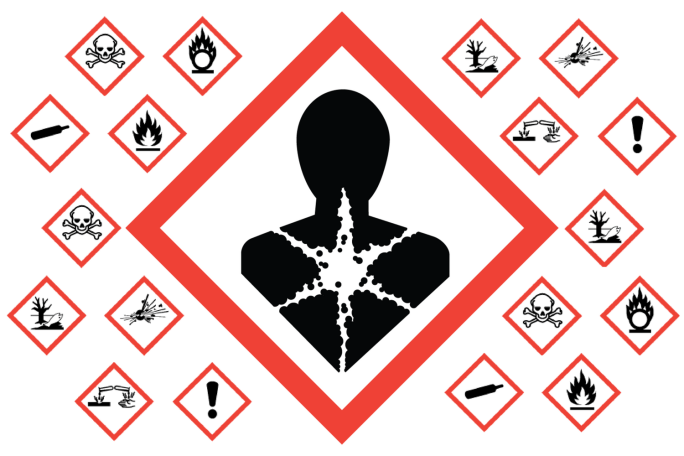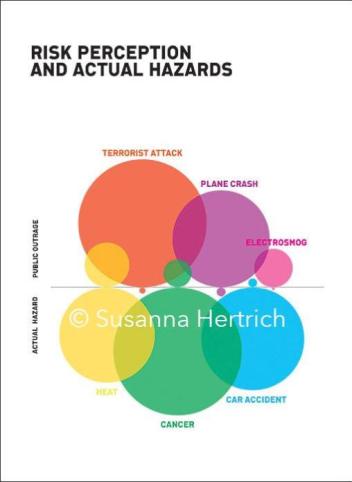
This series is a collaboration between neuroscientist Alison Bernstein and biologist Iida Ruishalme. Errors in risk perception are at the core of so many issues in science communication that we think this is a critical topic to explore in detail. This series is cross-posted on SciMoms and Thoughtscapism. Subscribe to our newsletter and follow us on Facebook to be notified of future posts in this series.

Our decisions as parents and as consumers are exercises in balancing risks and benefits. However, risks are not always intuitive and our cognitive shortcuts can lead us astray. Misunderstandings about risk complicate our ability to make informed decisions about everything from vaccines and medical decisions to what food we eat and feed our children. Unfortunately, humans, on the whole, are intuitively terrible at assessing risk in our own lives. Our difficulty in assigning risk seems to be innate, as discussed in this piece from Undark (Know This First: Risk Perception Is Always Irrational).
“In fact, the evidence is clear that we sometimes can’t help making such mistakes. Our perceptions, of risk or anything else, are products of cognitive processes that operate outside our conscious control — running facts through the filters of our feelings and producing subjective judgments that disregard the evidence. The behavioral scientists Melissa Finucane and Paul Slovic call this the Affect Heuristic; it gives rise to what I call the risk perception gap, the dangers produced when we worry more than the evidence says we need to, or less than the evidence says we should. This is literally built in to the wiring and chemistry of the brain. Our apparent irrationality is as innate as the functioning of our DNA or our cells.”
These innate tendencies result in consistent patterns in how people assess risks, leading to risk perceptions that do not accurately represent actual risk.
- We are bad at assigning value to long-term risks and benefits; we have an innate tendency to focus on the short-term.
- We overestimate the risk of the unfamiliar and what we don’t understand.
- Similarly, we underestimate risks of natural hazards and overestimate risks of manmade hazards
- We often neglect to consider the risk of doing nothing or of the alternative.
- We worry more about risks that we can’t control and tend to overlook risks that we can control.
- We ignore risks we can’t see in our everyday lives.
The mental shortcuts that help us get through the day do not always serve us well in our quest to make rational and informed decisions. Every choice we make in our daily lives has both risks and benefits, some more obvious than others. However, mental shortcuts and our desire for simple answers about causation, risk and benefit lead to some common errors in how we think about risk in our own lives. In this series, we will cover the following topics.
- The difference between hazard and risk is a critical distinction.
- All hazards are not equal.
- Zero risk and zero exposure are impossible expectations.
- Population risk is not the same as individual risk.
This short video from Risk Bites is a great example of how mental shortcuts can lead us astray.


You must be logged in to post a comment.